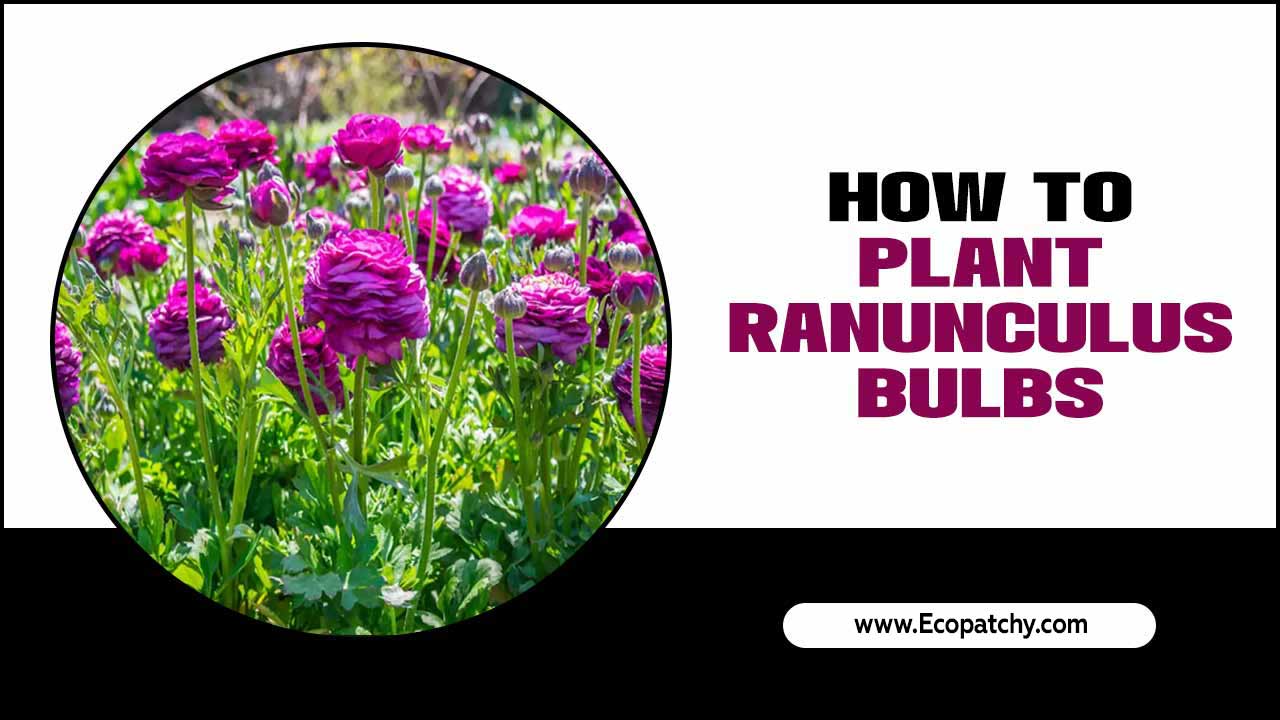Tulips are among the most popular spring-blooming flowers, known for their vibrant colors and elegant blooms. However, proper Tulip care is essential to keep them healthy and thriving.
Here, we will guide you through everything you need about Tulip-care—from choosing the right varieties to planting them at the appropriate time and location.
We’ll also cover watering and fertilizing techniques, maintenance tips like deadheading and pruning, pest and disease protection, extending the bloom period of your tulips, bulb storage and replanting, troubleshooting common issues that affect Tulips, as well as advanced care techniques to ensure your Tulips are always looking their best.
Whether you’re a seasoned gardener or just starting with your first flower bed, these expert tips will help you grow beautiful Tulips that will brighten your garden every spring!
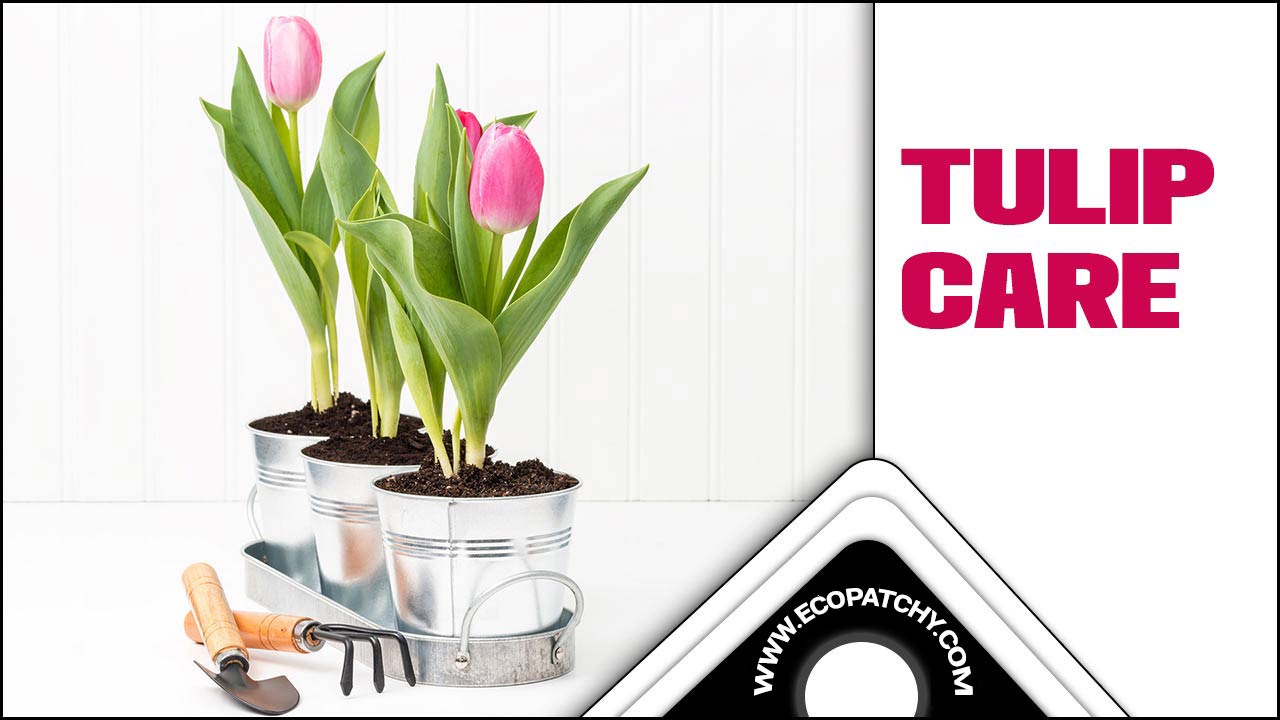
Importance Of Tulip-Care
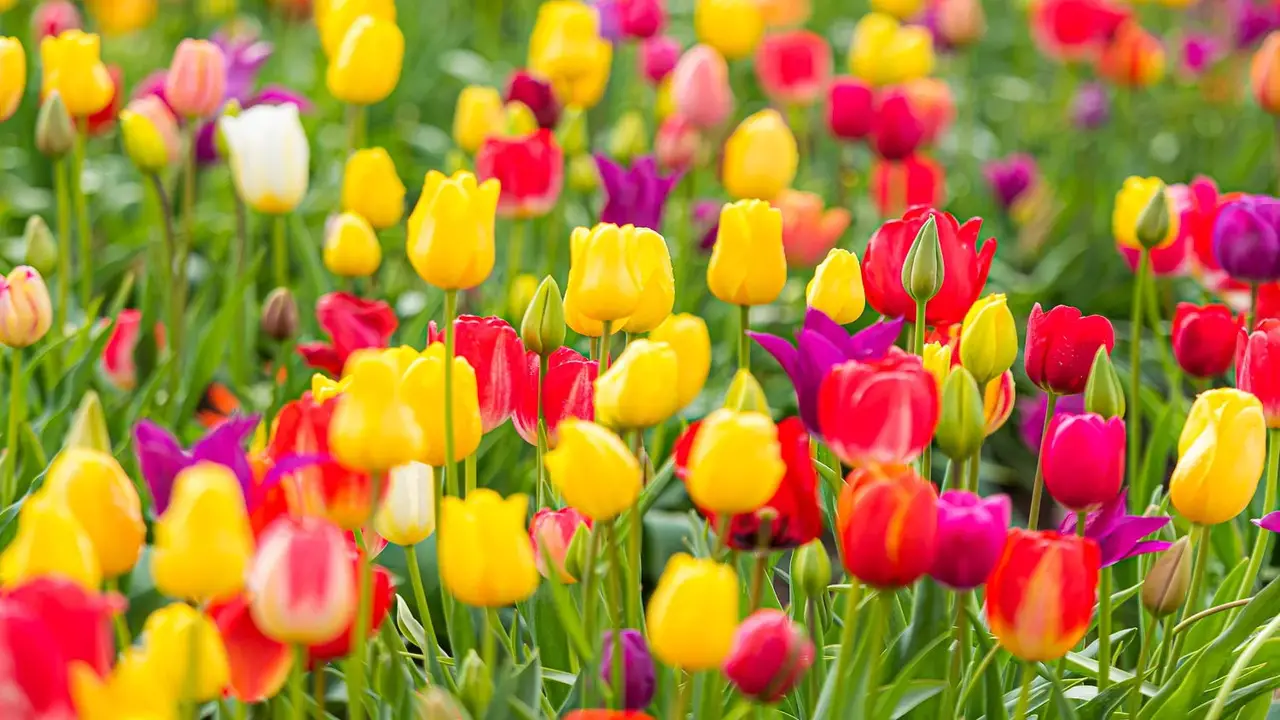
Proper care is essential for the overall health and vibrancy of tulips. Regular maintenance, including watering and fertilizing, can significantly extend the lifespan of these beautiful flowers. When planting tulips, following proper techniques, such as preparing the soil and placing the bulbs at the right depth, is crucial.
Protecting tulips from pests and diseases is vital to prevent any damage or loss of flowers. Additionally, knowing when to trim and remove dying flowers can greatly enhance the overall appearance of your garden. By taking these steps, you can ensure that your tulips thrive and provide a stunning display of color.
Choosing The Right Tulip Varieties
When choosing tulip varieties, it is important to consider your climate and growing conditions. You want to select tulip types that will thrive in your specific environment. Consider factors such as bloom time, flower shape, and color to create a visually appealing garden.
Consider the height of the tulip varieties, as some may be better suited for garden beds while others are ideal for containers. Look for tulip species known for their resilience and longevity to ensure long-lasting beauty in your garden. You can create a stunning display of colors and shapes by choosing the right tulip varieties.
Planting Tulips: Location And Timing
To ensure the successful growth of tulips, choosing the right location and time for planting is crucial. Select a spot that receives at least six hours of full sun daily, promoting optimal growth and abundant blooms.
Additionally, plant the bulbs in well-draining soil enriched with organic matter, as this will provide the necessary nutrients for healthy development. It is best to plant tulip bulbs in the fall before the ground freezes, allowing them enough time to establish their roots before winter arrives. When planting, position the bulbs with the pointy end facing up and water thoroughly to eliminate air pockets and encourage growth.
5 Tips For Tulip Care
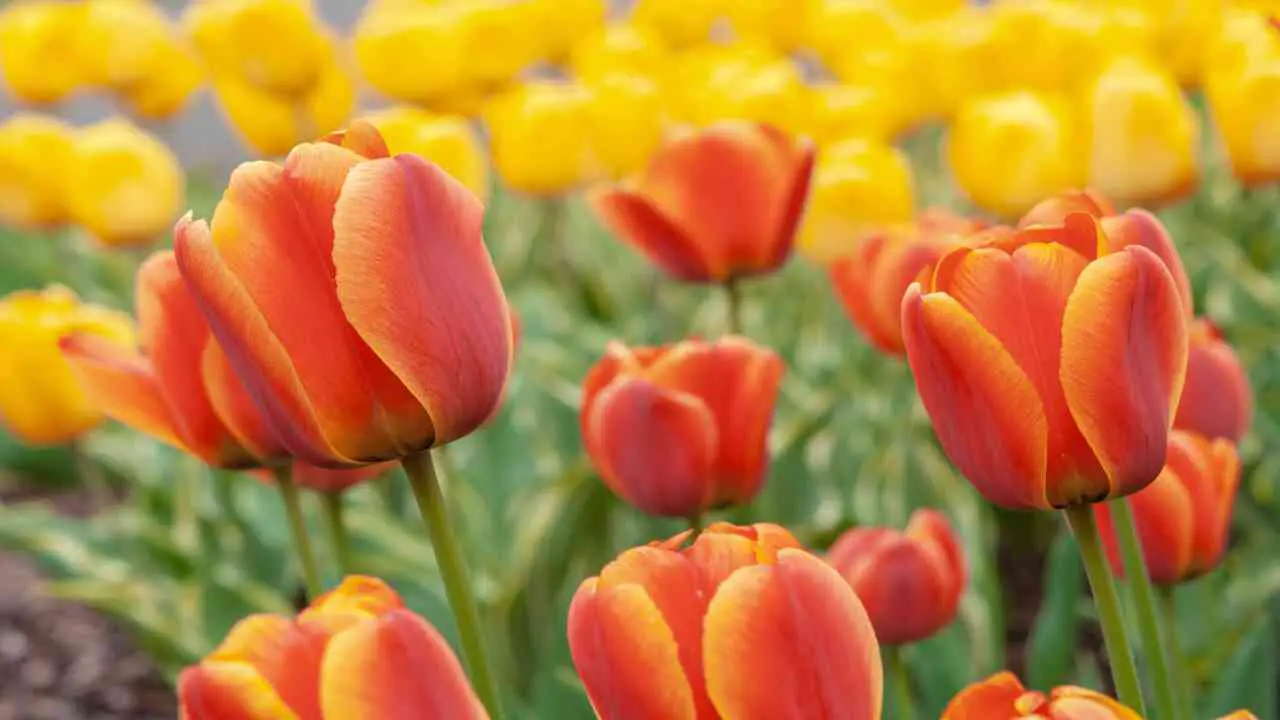
Proper care and maintenance are crucial for the health and longevity of tulip plants. Tulips are popular for seasoned gardeners and novices with their vibrant colors and delicate petals. Here are five tips for tulip care to ensure your tulips thrive and bloom to their fullest potential.
1.Proper Tulip Watering And Fertilizing Techniques
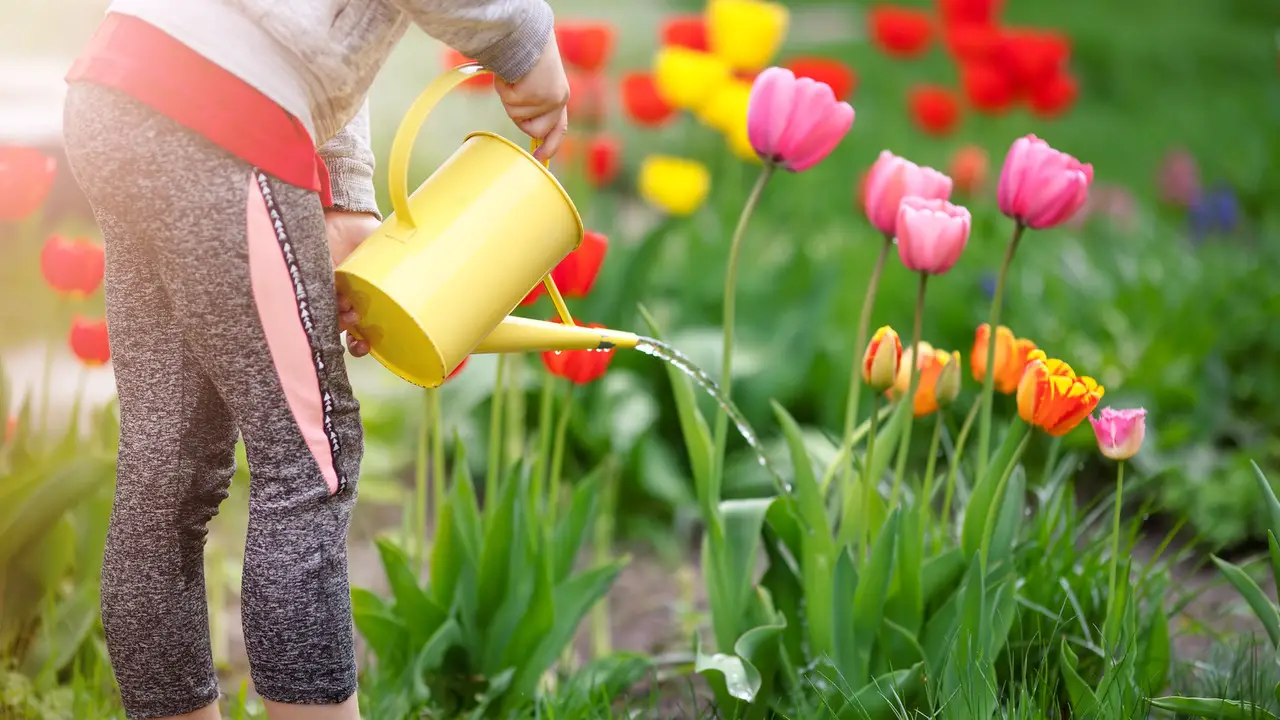
Proper watering and fertilizing are crucial for the health and vitality of tulips. When watering, it’s important to water tulips deeply but infrequently. Allow the soil to dry between waterings to prevent bulb rot and fungal diseases.
As for fertilizing, use a well-balanced liquid fertilizer specifically formulated for bulbs. Apply it once in the spring when the foliage emerges and again after flowering. Be sure to follow the package instructions for proper dilution and application. By following these techniques, you’ll ensure that your tulips receive the right amount of water and essential nutrients they need to thrive.
2.Tulip Maintenance: Deadheading And Pruning
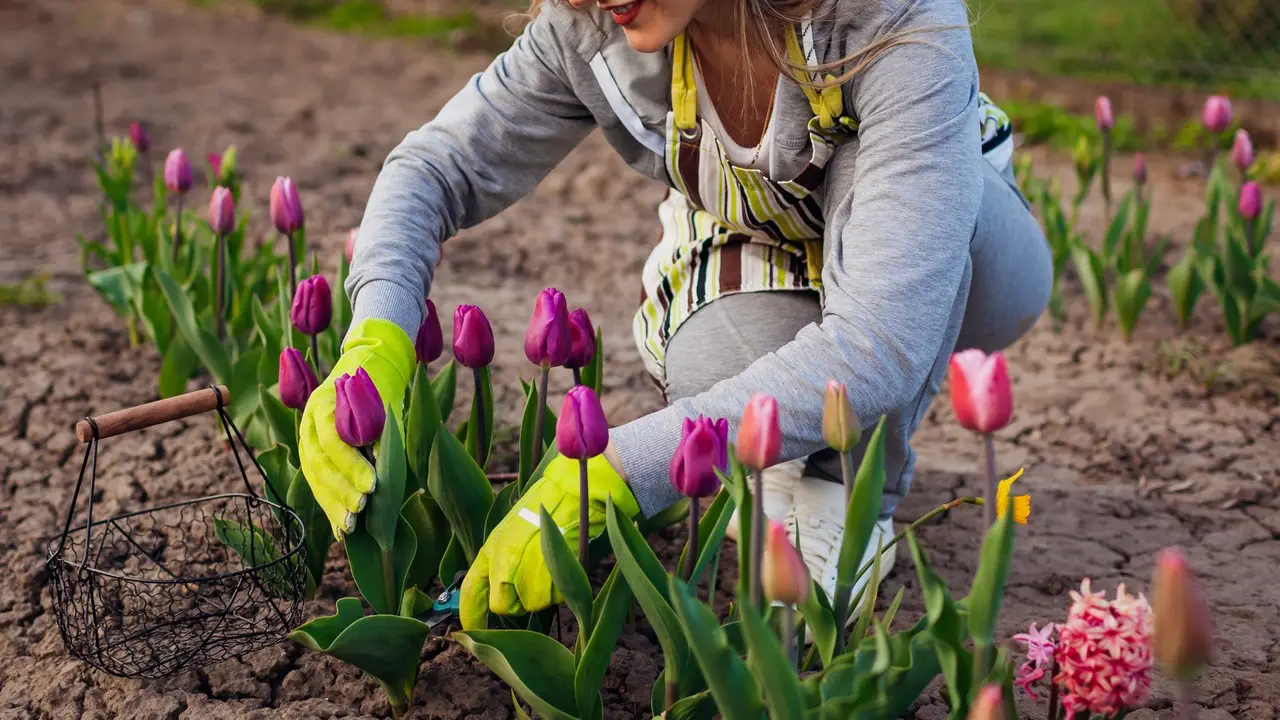
Regularly removing faded flowers from tulips promotes a neater appearance. After flowering, prune the stems down to ground level to prevent seed production. Removing yellowing or diseased foliage is important to maintain the plant’s health.
Clean gardening tools before and after pruning to minimize the risk of infection. Proper disposal of pruned plant material is crucial in preventing the spread of pests and diseases. By following these maintenance practices, your tulips will stay healthy and vibrant throughout the growing season.
3.Protecting Tulips From Pests And Diseases
Inspect your tulips regularly for signs of pests like aphids, slugs, and snails. To control them, consider introducing beneficial insects or using insecticidal soap. Prevent fungal diseases by avoiding overhead watering and ensuring good air circulation.
If diseases do appear, promptly treat your tulips with appropriate fungicides. Keeping your garden clean by removing debris and dead leaves also helps minimize pest and disease risks. Following these steps, you can protect your tulips and keep them healthy throughout their growth.
4.Extending The Tulip Bloom Period
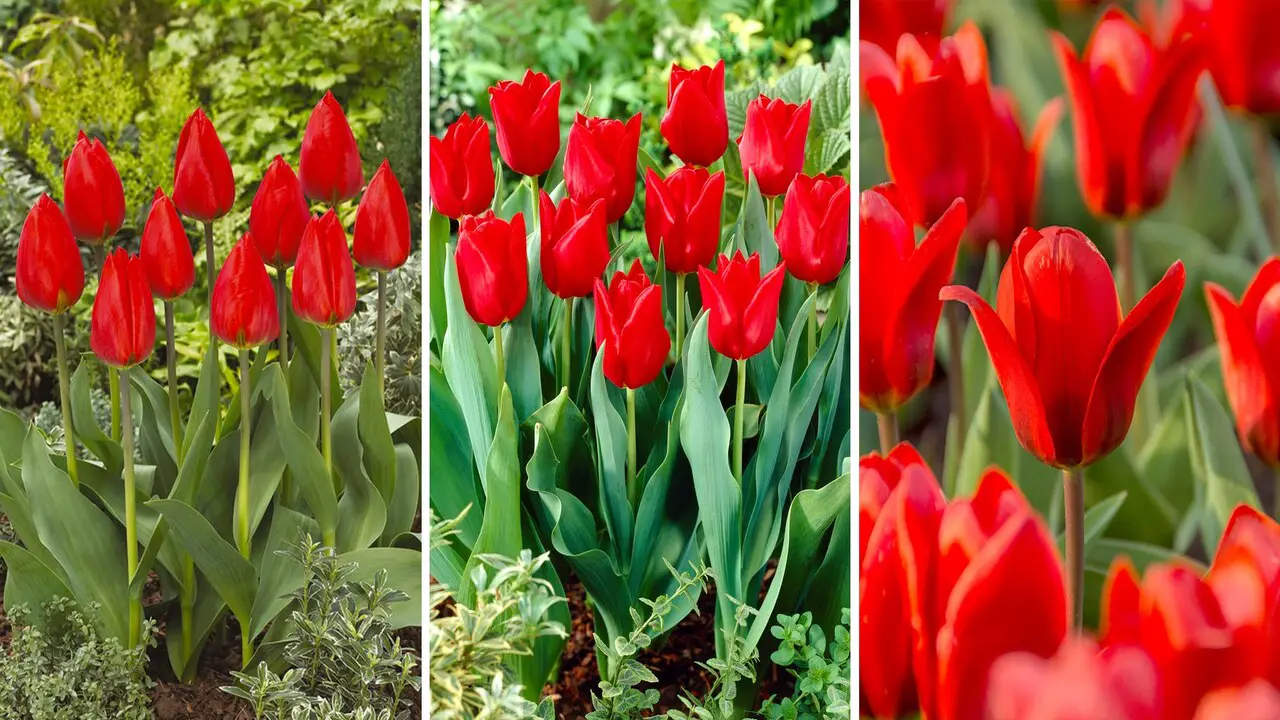
To extend the tulip bloom period, you can employ several key strategies. First, plant early, mid, and late-blooming tulip varieties to enjoy a longer display of stunning flowers. You can stagger the flowering and ensure a continuous show of color in your garden by choosing tulip varieties with different bloom times.
Additionally, planting tulips in containers offers the flexibility to move them to different locations, creating an extended blooming period. Consider using cold frames or coverings to protect your tulips from late frosts or extreme temperatures, allowing them to thrive for longer. Finally, removing faded tulip flowers prevents seed production and encourages the plant to produce more blooms, effectively extending the blooming period.
5.Tulip Bulb Storage And Replanting
Tulip-care, proper bulb storage, and replanting are crucial for your plants’ long-term health and vitality. To store tulip bulbs, find a cool, dry place with good air circulation until the next planting season.
Regularly inspect the stored bulbs for any signs of rot or disease, discarding any affected ones. In the fall, before the ground freezes, it’s time to replant the bulbs for another stunning display in the following spring. Consider dividing and replanting the bulbs every few years to maintain their vitality. Make sure to follow proper planting techniques for optimal growth and flowering.
Troubleshooting Common Tulip-Care Issues
Taking care of tulips can sometimes be tricky, but with the right knowledge and troubleshooting skills, you can keep your tulips looking beautiful. Here are some common tulip-care issues and how to address them:
- Wilting Or Drooping: If your tulips are wilting or drooping, it could be a sign that they are not getting enough water. Make sure to water them regularly, keeping the soil evenly moist but not soggy. Additionally, check for any signs of pests or diseases causing the wilting.
- Yellowing Leaves: Yellowing leaves on tulips can indicate overwatering or poor drainage. Make sure that your tulips are planted in well-draining soil and avoid overwatering. If you notice yellowing leaves, reduce watering and allow the soil to dry out slightly before watering again.
- Lack Of Blooms: If your tulips are not blooming as expected, it could be due to a few factors. One possibility is that they were not planted at the correct depth – tulip bulbs should generally be planted about 6 inches deep. Another factor could be insufficient sunlight – tulips require full sun to thrive. Lastly, if your tulips are not blooming, it could simply be because they are still too young – some varieties may take a year or two to establish before producing blooms.
Advanced Tulip Care Techniques And Tips

Taking care of tulips can be a rewarding experience, especially when you see those vibrant blooms in your garden. If you want to take your tulip care to the next level, By implementing these advanced care techniques, you can enhance the beauty and longevity of your tulips while enjoying a stunning display year after year. Here are some advanced techniques and tips to consider:
- Deadhead Spent Flowers: Removing faded flowers keeps your garden looking tidy and helps redirect energy back into the bulb for future growth.
- Fertilize Regularly: Tulips benefit from regular feeding, especially during active growth. Use a balanced fertilizer with equal nitrogen, phosphorus, and potassium.
- Provide Adequate Water: Tulips need consistent moisture, especially during their growing season. Water deeply but infrequently to encourage deep root growth.
- Mulch For Winter Protection: Apply a layer of mulch around the base of tulip plants before winter sets in. This helps insulate the soil and protect the bulbs from freezing temperatures.
- Divide And Replant: Consider lifting and dividing crowded tulip bulbs every few years to ensure healthier plants and better blooms.
Conclusion
It is important to follow proper care techniques to ensure your tulips thrive and bloom beautifully. Please choose the right varieties for your climate and location, plant them in the right spot at the right time, and provide regular watering and fertilizing.
Deadhead and prune your tulips as needed, and protect them from pests and diseases. Extend the bloom period by planting different varieties with staggered blooming times. When storing and replanting your tulip bulbs, follow the correct techniques to ensure their future growth.
If you encounter any issues, troubleshoot them promptly to prevent further damage. With these expert tips and techniques, you can enjoy a vibrant and flourishing tulip garden. We hope you understand Tulip Care.
Frequently Asked Questions
1.How Do You Maintain Tulips?
Ans: To maintain tulips, ensure regular watering without over-watering to prevent bulb rot. Apply a balanced fertilizer in spring when new growth appears. Deadhead spent flowers to promote healthy foliage and bulb growth. Avoid planting tulips in the same spot every year to prevent soil-borne diseases.
2.What To Do With Potted Tulips After They Bloom?
Ans: After your potted tulips have bloomed, remove the spent flowers and cut back the leaves to about 3 inches above the soil. Continue watering and fertilizing until the leaves naturally turn yellow and die back. Store the bulbs in a cool, dry place until it’s time to replant in the fall.
3.How Do You Take Care Of Tulips After They Bloom?
Ans: After tulips bloom, wait for petals to fall off before removing the flower stem. Let foliage die back naturally; don’t cut until it turns yellow. Water and fertilize the soil to store energy for next year’s growth. Consider digging up bulbs for replanting in a cool, dry place.
4.Can I Leave Tulip Bulbs In The Ground?
Ans: Leaving tulip bulbs in the ground is possible but not advisable in areas with harsh winters. Storing the bulbs can help prevent disease and pest issues. Ensure they are planted deep enough to avoid freezing temperatures if left in the ground.
5.Are Tulips Perennials Or Annuals?
Ans: Tulips can be classified as perennials or annuals, depending on the climate. They are grown annually in warmer areas as they may not survive the summer months. However, with proper care, tulips can be grown as perennials in colder climates. Regardless of classification, they require well-draining soil, full sun exposure, and proper watering to thrive.

